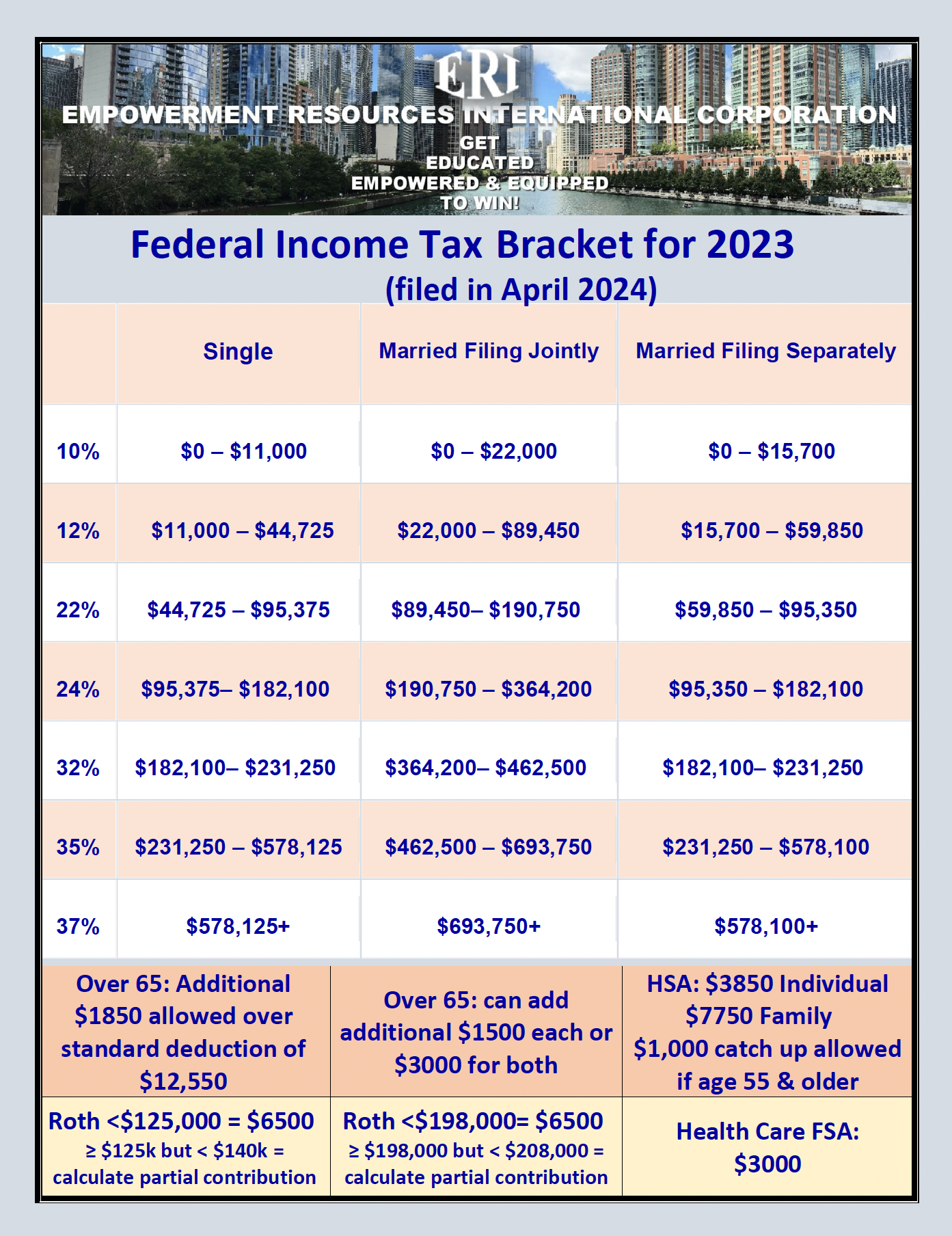
Tax Planning for Income
The goal of income tax planning is to minimize your federal income tax liability. You can achieve this in different ways. Typically, though, you’d look at ways to reduce your taxable income, perhaps by deferring your income or shifting income to family members. You should also consider deduction planning, investment tax planning, and year-end planning strategies to lower your overall income tax burden.
UNIQUE PROBLEMS SOLVED FOR OUR CUSTOMERS:
• STOCK MARKET VOLATILITY, RISK, UNKNOWN FEES & LOSSES
Average Family Pays $155K in Hidden Wall Street Fees, (Frontline “The Retirement Gamble”- 4/2013), (ABC World News, 5/2012)
• DEBT / THE REAL COST OF BORROWING MONEY
misled to believe that we’re paying 2% – 7% interest on our Mortgage(s) and Student Loan(s), however, Amortized Interest proves that we’re paying 60% – 100%.
• TAXATION IN AMERICA
U.S. Census Bureau statistics show that 74¢ out of every dollar coming into the Household goes to Interest & Taxes.
THE SOLUTION: CREATE YOUR OWN BANK!
• Direct Your Dollar To Do Two Jobs Instead Of One!
• Earn Uninterrupted Compound Interest, While Simultaneously Eliminating ALL Debt in 9 years or less!
• Access to Cash Value Prior to Age 59-1/2, Without Penalty!
• Reduce the Amount of Interest You Pay!
• Reposition Your Tax-Deferred and Taxable Assets to Tax-Free!
• Self-Finance Purchases!
POSTPONE YOUR INCOME TO MINIMIZE YOUR CURRENT INCOME TAX LIABILITY
Postpone your income to minimize your current income tax liability
By deferring (postponing) income to a later year, you may be able to minimize your current income tax liability and invest the money that you’d otherwise use to pay income taxes. And when you eventually report the income, you may be in a lower income tax bracket.
Certain retirement plans can help you postpone the payment of taxes on your earned income. With a 401(k) plan, for example, you contribute part of your salary to the plan, paying income tax only when you withdraw money from the plan (withdrawals before age 59½ may be subject to a 10 percent penalty). This allows you to postpone the taxation of part of your salary and take advantage of the tax-deferred growth in your investment earnings.
There are many other ways to postpone your taxable income. For instance, you can contribute to a traditional IRA, buy permanent life insurance (the cash value part grows tax deferred), or invest in certain savings bonds. You may want to speak with a tax professional about your tax-planning options.
SHIFT INCOME TO YOUR FAMILY MEMBERS TO LOWER THE OVERALL FAMILY TAX BURDEN
Shift income to your family members to lower the overall family tax burden
You can also minimize your federal income taxes by shifting income to family members who are in a lower tax bracket. For example, if you own stock that produces a great deal of dividend income, consider gifting the stock to your children. After you’ve made the gift, the dividends will represent income to them rather than to you. This may lower your tax burden. Keep in mind that you can make a tax-free gift of up to $16,000 per year per recipient without incurring a federal gift tax.
Under these rules, for children (1) under age 18 at the end of the tax year, (2) between ages 18 and 19 at the end of the tax year whose earned income didn’t exceed one-half of their own support for the year (excluding scholarships), or (3) full-time students between ages 19 and 24 at the end of the tax year whose earned income didn’t exceed one-half of their own financial support (excluding scholarships), any unearned income over $2,100 is taxed at the parent’s marginal tax rate.
Also, be sure to check the laws of your state before giving securities to minors. Other ways of shifting income include hiring a family member for the family business and creating a family limited partnership. Investigate all of your options before making a decision.
DEDUCTION PLANNING INVOLVES PROPER TIMING AND CONTROL OVER YOUR INCOME
Deduction planning involves proper timing and control over your income
Lowering your federal income tax liability through deductions is the goal of deduction planning. You should take all deductions to which you are entitled, and time them in the most efficient manner.
As a starting point, you’ll have to decide whether to itemize your deductions or take the standard deduction. Generally, you’ll choose whichever method lowers your taxes the most. If you itemize, be aware that some of your deductions may be disallowed if your adjusted gross income (AGI) reaches a certain threshold figure. If you expect that your AGI might limit your itemized deductions, try to lower your AGI. To lower your AGI for the year, you can defer part of your income to the next year, buy investments that generate tax-exempt income, and contribute as much as you can to qualified retirement plans.
Because you can sometimes control whether a deductible expense falls into the current tax year or the next, you may have some control over the timing of your deduction. If you’re in a higher federal income tax bracket this year than you expect to be in next year, you’ll want to accelerate your deductions into the current year. You can accelerate deductions by paying deductible expenses and making charitable contributions this year instead of waiting until next.
INVESTMENT TAX PLANNING USES TIMING STRATEGIES AND FOCUSES ON YOUR AFTER-TAX RETURN
Investment tax planning uses timing strategies and focuses on your after-tax return
Investment tax planning seeks to minimize your overall income tax burden through tax-conscious investment choices. Several potential strategies may be considered. These include the possible use of tax-exempt securities and intentionally timing the sale of capital assets for maximum tax benefit.
Although income is generally taxable, certain investments generate income that is exempt from tax at the federal or state level. For example, if you meet specific requirements and income limits, the interest on certain Series EE bonds (these may also be called Patriot bonds) used for education may be exempt from federal, state, and local income taxes. Also, you can exclude the interest on certain municipal bonds from your federal income (tax-exempt status applies to income generated from the bond; a capital gain or loss realized on the sale of a municipal bond is treated like gain or loss from any other bond for federal tax purposes). And, if you earn interest on tax-exempt bonds issued in your home state, the interest will generally be exempt from state and local tax as well. Keep in mind that although the interest on municipal bonds is generally tax exempt, certain municipal bond income may be subject to the federal alternative minimum tax. When comparing taxable and tax-exempt investment options, you’ll want to focus on those choices that maximize your after-tax return.
In most cases, long-term capital gain tax rates are lower than ordinary income tax rates. That means that the amount of time you hold an asset before selling it can make a big tax difference. Since long-term capital gain rates generally apply when an asset has been held for more than a year, you may find that it makes good tax sense to hold off a little longer on selling an asset that you’ve held for only 11 months. Timing the sale of a capital asset (such as stock) can help in other ways as well. For example, if you expect to be in a lower income tax bracket next year, you might consider waiting until then to sell your stock. You might want to accelerate income into this year by selling assets, though, if you have capital losses this year that you can use to offset the resulting gain.
Note: You should not decide which investment options are appropriate for you based on tax considerations alone. Nor should you decide when (or if) to sell an asset solely based on the tax consequence. A financial or tax professional can help you decide what choices are right for your specific situation.
YEAR-END PLANNING FOCUSES ON YOUR MARGINAL INCOME TAX BRACKET
Year-end planning focuses on your marginal income tax bracket
Year-end tax planning, as you might expect, typically takes place in October, November, and December. At its most basic level, year-end tax planning generally looks at ways to time income and deductions to give you the best possible tax result. This may mean trying to postpone income to the following year (thus postponing the payment of tax on that income) and accelerate deductions into the current year. For example, assume it’s December and you know that you’re in a higher tax bracket this year than you will be in next year. If you’re able to postpone the receipt of income until the following year, you may be able to pay less overall tax on that income. Similarly, if you have major dental work scheduled for the beginning of next year, you might consider trying to reschedule for December to take advantage of the deduction this year. The right year-end tax planning moves for you will depend on your individual circumstances.
Financial Calculators
This information is designed to provide a general overview with regard to the subject matter covered and is not state specific. The authors, publisher and host are not providing legal, accounting or specific advice to your situation.
CONSUMER DEBT
FINANCES
COLLEGE
ESTATE
IMPORTANT DISCLOSURES
Our company does not provide investment, tax, or legal advice. The information presented here is not specific to any individual’s personal circumstances. To the extent that this material concerns tax matters, it is not intended or written to be used, and cannot be used, by a taxpayer for the purpose of avoiding penalties that may be imposed by law. Each taxpayer should seek independent advice from a tax professional based on his or her individual circumstances. These materials are provided for general information and educational purposes based upon publicly available information from sources believed to be reliable—we cannot assure the accuracy or completeness of these materials.
The information in these materials may change at any time and without notice. Material discussed is meant for general illustration and/or informational purposes only and it is not to be construed as tax, legal, or investment advice. Although the information has been gathered from sources believed to be reliable, please note that individual situations can vary; therefore, the information should be relied upon when coordinated with individual professional advice. Past performance is no guarantee of future results. Diversification does not ensure against loss

